Eight million cars shipped in 2025 will feature Level 3, 4 and 5 autonomous technology, predicts ABI Research.
The advisory firm says OEMs are driving the rapid deployment of autonomous vehicles and the growth of sensor types that underpin the technology, such as Light Detection and Rangign (LiDAR) sensors.
As many as 36 million LiDAR units are expected to ship in 2025, corresponding to a market value of $7.2 billion.
Level 3 and 4 technologies mean drivers will still be necessary but are able to completely shift safety-critical functions to the vehicle under certain conditions. Not driver will be required at all at Level 5.
Shiv Patel, research analyst at ABI Research, said: “With the rapid development and deployment of various ADAS packages by OEMs, higher level automation represents the next suitable step.
“The primary functional sensor gap between today’s ADAS and higher level autonomous vehicles will be filled with the addition of LiDAR, which will help to provide reliable obstacle detection and Simultaneous Location and Mapping (SLAM).”
For conditional and high-level automation applications within the consumer market, i.e., SAE Level 3 and Level 4, solid state LiDAR solutions from companies such as Innoviz and LeddarTech have emerged as the LiDAR form factor that will not only help enable robust sensing on autonomous vehicles but also more importantly, satisfy stringent pricing requirements set by OEMs.
In fully autonomous applications, i.e., SAE Level 5, such as autonomous ridesharing, where the aim is to eliminate the driver completely, much more expensive, traditional mechanical LiDAR solutions, with their higher resolution for robust sensing remain the go-to option.
Stages of autonomy
Level 1
Driver assistance: the system is able to take over either the steering or the speed of the vehicle. It supports the driver who remains responsible and must be ready to assume control immediately. Includes adaptive (radar guided) cruise control and lane-keep assist.
Level 2
Partial automation: in certain situations the driver can delegate continuous steering and speed control of the vehicle to the system, but must monitor the system at all times and assume control as needed. An example is Tesla’s Autopilot system or Volvo’s Pilot Assist.
Level 3
Conditional automation: the driver no longer has to continuously monitor and can carry out other activities, supported by on-board equipment. The system autonomously recognises when the ambient conditions no longer match the range of functions of the system. In these cases, the vehicle prompts the driver to take over the task of driving the vehicle, with several seconds’ advance warning. The traffic jam pilot in the new Audi A8 will satisfy these criteria.
Level 4
High automation: systems with level 4 function do not require any assistance on the part of the driver, but their function is limited to a specific area – such as on highways or in a parking garage. In these places, the driver can completely transfer the task of driving to the system. The driver only needs to resume the task when the car leaves the area defined for highly automated driving. If the driver does not react, the system assumes a safe position, e.g. pulls onto the shoulder and stops there.
Level 5
Full automation: the car assumes complete control. Level 5 systems do not need help from the driver in any situation. Control elements like the steering wheel or pedals are no longer necessary.



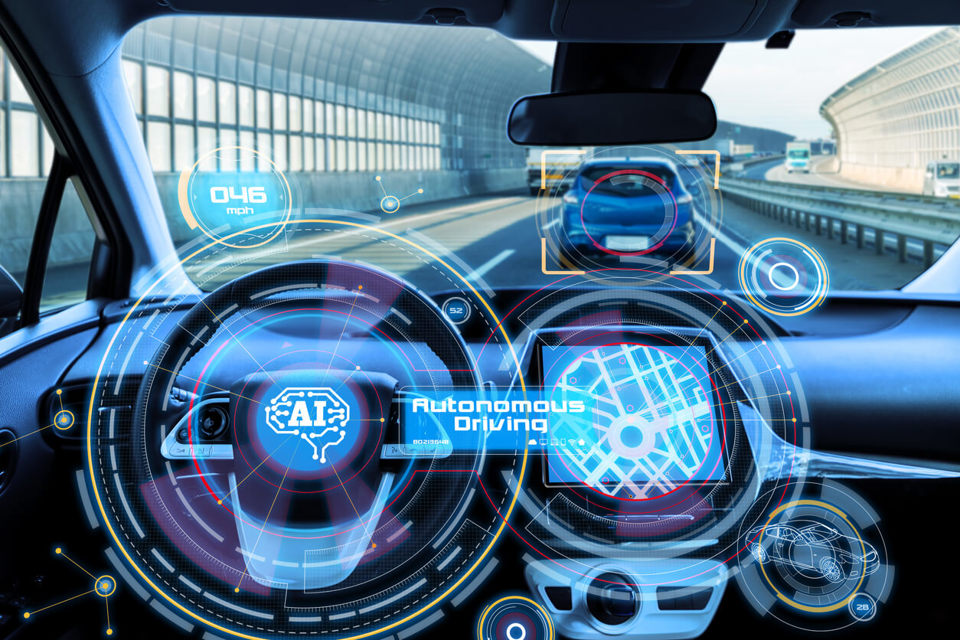
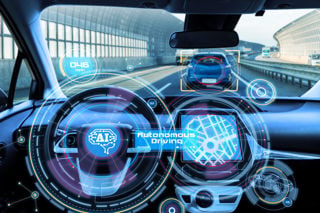
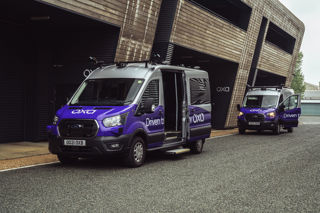
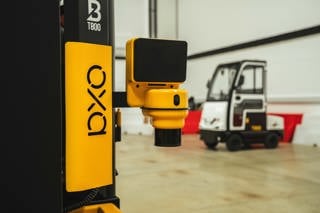
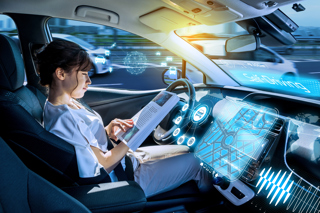
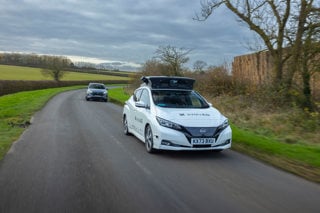













Glenn Ewen - 18/04/2018 12:41
A bit more meat on the bones about what each level means would be good.